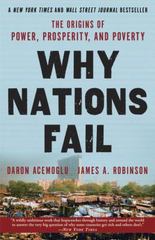Question
The HR department is trying to fill a vacant position for a job with a small talent pool. Valid applications arrive every week or so,
The HR department is trying to fill a vacant position for a job with a small talent pool. Valid applications arrive every week or so, and the applicants all seem to bring different levels of expertise. For each applicant, the HR manager gathers information by trying to verify various claims on the candidate's rsum, but some doubt about "fit" always lingers when a decision to hire or not is to be made.Suppose that hiring an employee who is a bad fit for the company results in an error cost of $900, but failing to hire a good employee results in an error cost of $200 to the company. Although it is impossible to tell in advance whether an employee is a good fit, assume that the probability that an applicant is a "good fit" is 0.4, while the probability that an applicant is a "bad fit" is 10.4=0.610.4=0.6. Hiring an applicant who is a good fit, as well as not hiring an applicant who is a bad fit, results in no error cost to the company.
For each decision in the following table, calculate and enter the expected error cost of that decision.
| Decision | Reality | Expected Error Cost | |
|---|---|---|---|
| Good Fit | Bad Fit | ||
| p=0.4 | p=0.6 | ||
| Hire | Cost: 0 | Cost: $900 | _______?_________ |
| Do Not Hire | Cost: $200 | Cost: 0 | _______?_________ |
Suppose an otherwise qualified applicant applies for a job.
In order to minimize expected error costs, the HR department should (not hire or hire) the applicant.
Step by Step Solution
There are 3 Steps involved in it
Step: 1

Get Instant Access to Expert-Tailored Solutions
See step-by-step solutions with expert insights and AI powered tools for academic success
Step: 2

Step: 3

Ace Your Homework with AI
Get the answers you need in no time with our AI-driven, step-by-step assistance
Get Started


